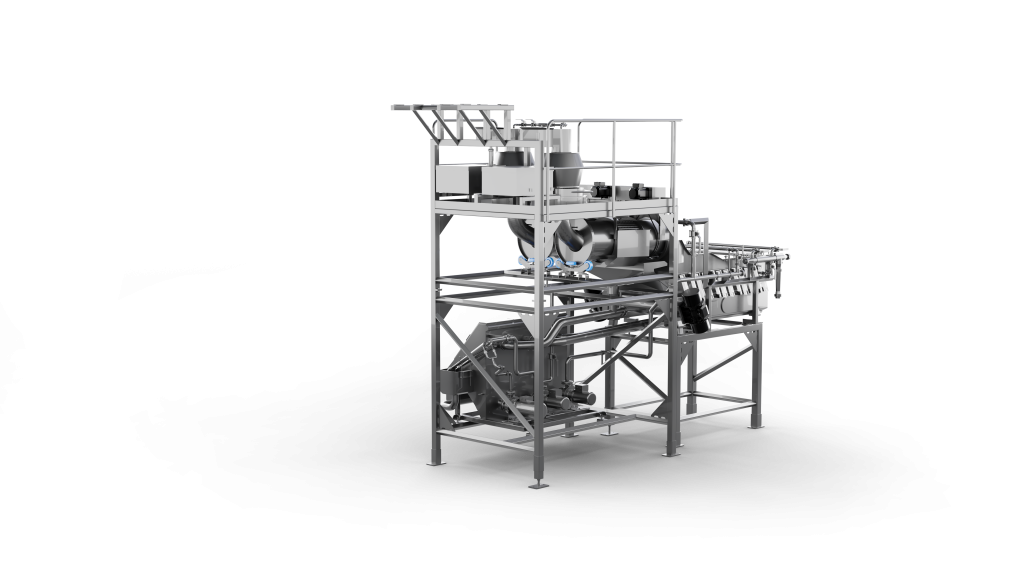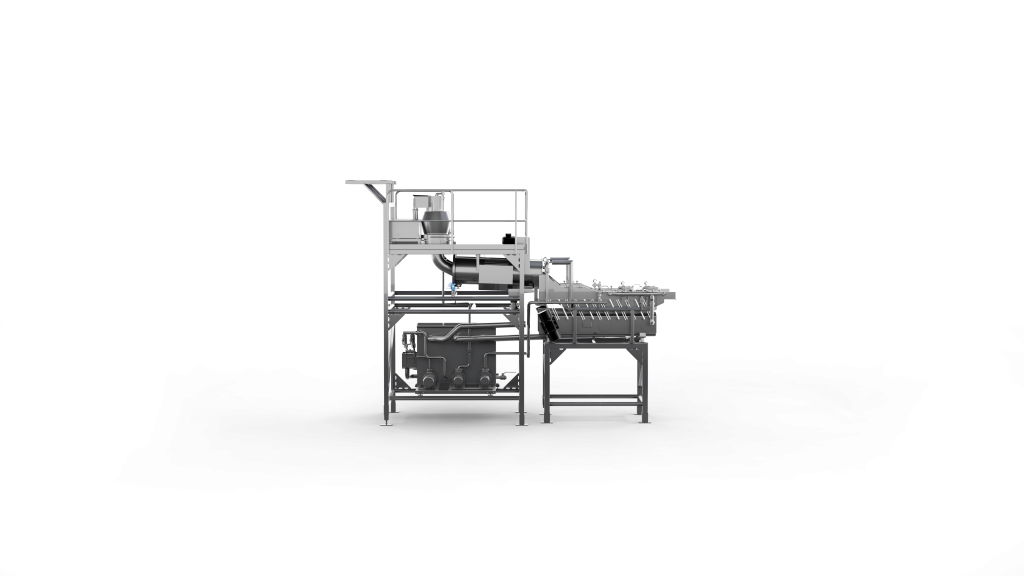8 September, 2020
The Guide to Wash Potato Slices
After you have sliced the potato to the desired thickness and shape, you need to wash every slice to remove starch and other particles. You want to avoid any build-up of starch later during blanching or frying, since, it could potentially block or damage oil outlets, piping or other equipment. Washing the slices is also applied to avoid protein residues that might discolor your frying oil. In this guide you can learn more about the success criteria for the perfect washing.
Gentle Handling of Every Slice
Every slice coming from the slicer is delicate, which means that any physical impact or breakage increases the risk of dark spots in the fryer. Therefore, a gentle handling of the potato slice is crucial. All slices need to be washed in the same way to remove the same amount of starch and other particles.
Remove Free Starch in Three Washing Steps
By washing each potato slice in several steps, you remove more and more starch from the product. Most starch is removed during the first washing step. The desired level of starch moving forward in the process can be as low as 0,3 ml/liter of surface water on the slices. By washing the slices in three steps and to concentrate the starch in a cyclone system, you can remove an optimal amount of starch. Fewer or more washing steps can be introduced, but based on Rosenqvists tests, three washing steps is good enough. The potato starch that is removed can be refined to be used in another product line or sold to external partners.

Use Minimum Amount of Water
Since you use a lot of fresh water when running a potato chips line, you will need to use it efficiently, because it is expensive. When choosing your washing equipment, pay certain attention to the water consumption. As a rule of thumb, aim to use 1 m³ of fresh water washing per ton of slices (example V-cut potato chips).
Remove Small Particles
As mentioned earlier, washing is also used to remove small particles, debris, foam, etc. from the potato slices. Some protein might also cause a discoloring of the oil. Everything that makes the slice cleaner will make the frying process smoother. By controlling an efficient washing procedure, you will also manage to keep a clean frying oil.
Conclusion
The washing of slices for potato chips is a vital part of the processing line. By designing and operating the washing process in a good way, your potato chips can be perfect!




